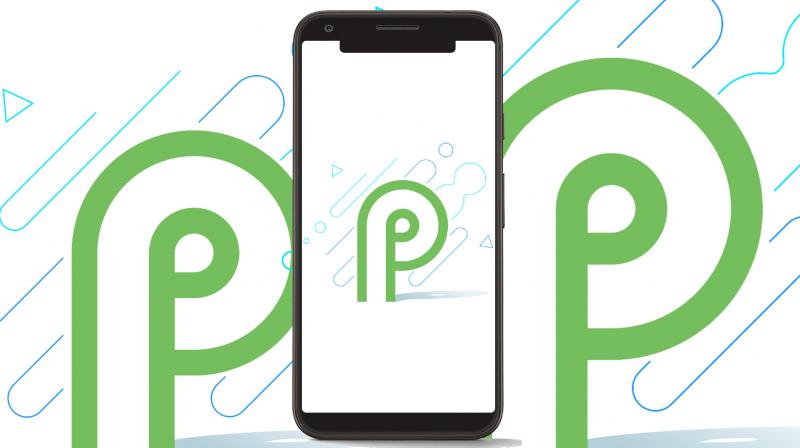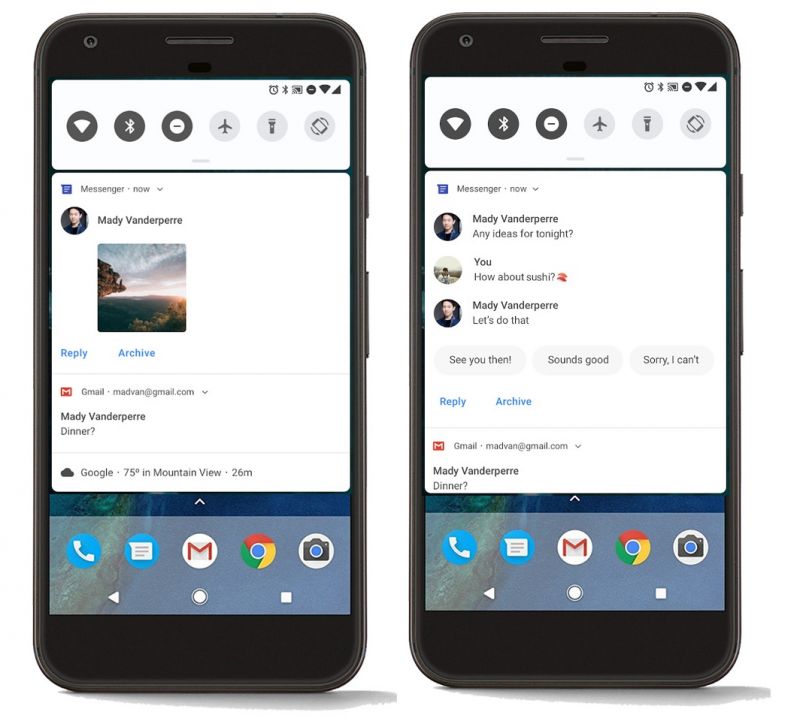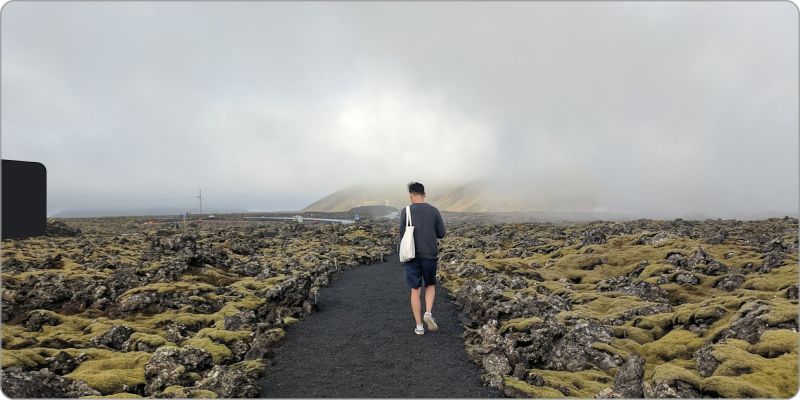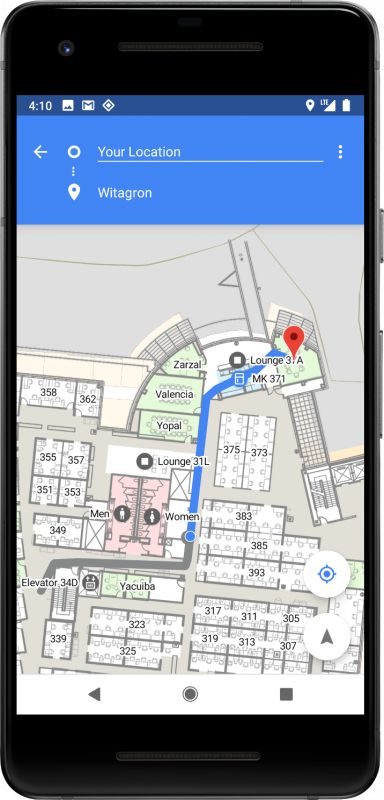All hail Android P: New UI, display notch, HEIF compression and more
The latest developer preview of Android P has been released with a host of new features.

The Android universe had only started warming up to 2017’s Android Oreo 8.0 in early 2018 and Google has already released the latest developer preview of the next version of Android — Android P. The first developer version of the new OS has been released for app developers and is available for download on all Google devices — Pixel, Pixel XL, Pixel 2 and Pixel 2 XL. Since the build is only meant for developers, Google has only made the ROM available for manual download and flash only, which means users shouldn’t expect Over-The-Air (OTA) updates for the Android P anytime soon.
With Android P, Google has primarily focused on certain smart features that make it ready for IoT devices. Android P also gains native support for a notch on top of the display, which is a growing trend in the world of Android smartphones after Apple debuted it on their iPhone X. If you are looking forward to the 2018 iteration of Android, following are some of the features you should know:
New user interface:
Google has been paying attention to improving the user interface of Android since 2014’s Lollipop 5.0. Android Oreo brought a new take on stock Android’s interface with a lighter theme on the UI. However, on the developer preview of Android P, the interface approaches a more colourful layout, complete with coloured icon n the notification panel and the Settings menu.
The notification shade also gets a revamped layout, with a focus on practicality. The power button menu now pops up from the side, with new controls for media output amongst others. Clearly, the UI has taken inspiration from Samsung’s and Xiaomi’s custom interfaces, which makes the interface livelier.
Display cutout support:
With Android P, apps can take full advantage of the notched displays. Android P has native support for cutouts of various shapes — an iPhone X-like elongated notch, an Essential Phone-like narrow notch and an ASUS Zenfone 5-like middle notch. Google says that cutout support works seamlessly for apps, with the system managing status bar height to separate the content from the cutout. Apps can also request full-screen layout around it, like the iPhone X.
Indoor positioning with Wi-Fi RTT:
Indoor positioning has come up with new opportunities for location-based services. Android P adds platform support for the IEEE 802.11mc Wi-Fi protocol, or Wi-Fi Round-Trip-Time (RTT), to allow tracking indoor positioning in apps. The RTT APIs can measure the distance to nearby Wi-Fi Access Points (APs). Google maintains that privacy is maintained all throughout the process.
Improved messaging notifications:
Android P also has a priority on improving visibility and function in notifications. The new notification shade highlights the sender’s name and provides users with various reply options. Apps can show conversations, attach photos, stickers, and suggest smart replies as well.
Multi-camera API:
Android P will allow apps to access streams simultaneously from two or more physical cameras on devices running Android P. The new API is meant to help innovate with new features such as seamless zoom, bokeh and stereo vision. It also allows to automatically switch between two or more cameras.
HEIF image compression:
iPhones got it with iOS 11 and now Google has jumped into the new format with Android P. The HEIF format allows for lossless image data compression, enabling storing photos in higher resolutions that take much lesser space than JPG files. This is particularly a good news for the shutterbugs who run out of storage too soon.
New fingerprint UI:
Android P embraces a more consistent UI for fingerprint authentication across apps and devices. It will provide for standard system dialogue to prompt the user to touch the fingerprint sensor, managing text and placement as appropriate for a particular device.
Tighter privacy controls:
Leaks had already hinted the presence of this and now it’s confirmed — Android P will disable sensors when the device isn’t in use. Google states that Android will know when the device isn’t used and will cut-off the feed. Therefore, if the microphone detects no sound, it will be switched off and so will the camera sensors. Google has made it sure that developers don’t embed annoying warning messages to force apps to override the controls and keep recording data.
So there you have it — some of the most important features to watch out for in Android P. The I/O 2018 developer conference is supposed to take place in May, following which we can expect Google to release the first official stable build of Android P. Keep a tab on Deccan Chronicle Technology for all things Android.
With inputs from Android Developers Blog
Click on Deccan Chronicle Technology and Science for the latest news and reviews. Follow us on Facebook, Twitter.




